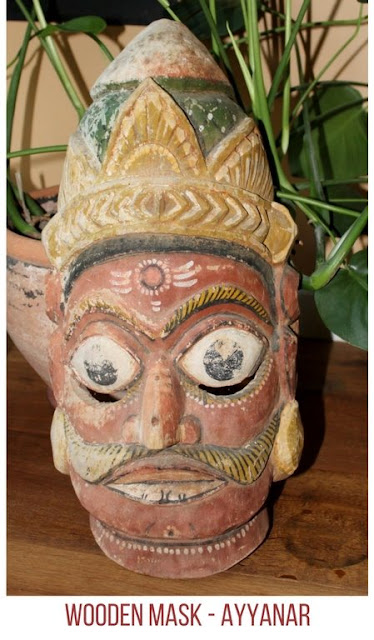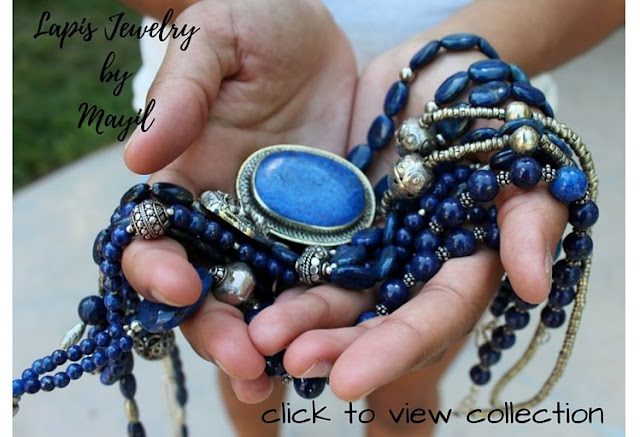Recently I traveled with my sisters to check out the Brimfield antiques show in Brimfield, Massachusetts. While walking in and out of tents, feasting my eyes on things from the past, I came across a familiar face. Instead of saying "guess who" (since I am sure no one can guess) i'll just tell you that I found a wooden face mask of the village god Ayyanar. Of course, I brought him home.
If you are from Tamil Nadu, India, then you know who Ayyanar is. You probably saw his huge and colorful statues during your visits to your ancestral villages for summer holidays. I certainly recall them from my youth. Ayyanar is considered a protector god of rural villages, Ayyanar statues are honored with lots of pomp and show at yearly festivals.
If you are from Tamil Nadu, India, then you know who Ayyanar is. You probably saw his huge and colorful statues during your visits to your ancestral villages for summer holidays. I certainly recall them from my youth. Ayyanar is considered a protector god of rural villages, Ayyanar statues are honored with lots of pomp and show at yearly festivals.
If you haven't seen one of these statues in your travels, check out this excerpt from a Tamil movie song (Singam)! The song and translation are as follows (do watch the video clip)
கருக்கு வேல் ஐயநாரு கலையாத்தான் நிக்குறாரு
Ayyanar with a sharp vel (trident) stands upright and handsome
I wonder how my Ayyanar got to this part of rural Western Massachusetts. What would his travel diary look like? Would he have an hashtag #madras2massachusetts? However he traveled - by boat, plane, or truck, right now he is hanging out in my "little”ton corner welcoming guests from all over. Come say hi anytime - and if you have an Ayyanar anecdote or picture do share!















































